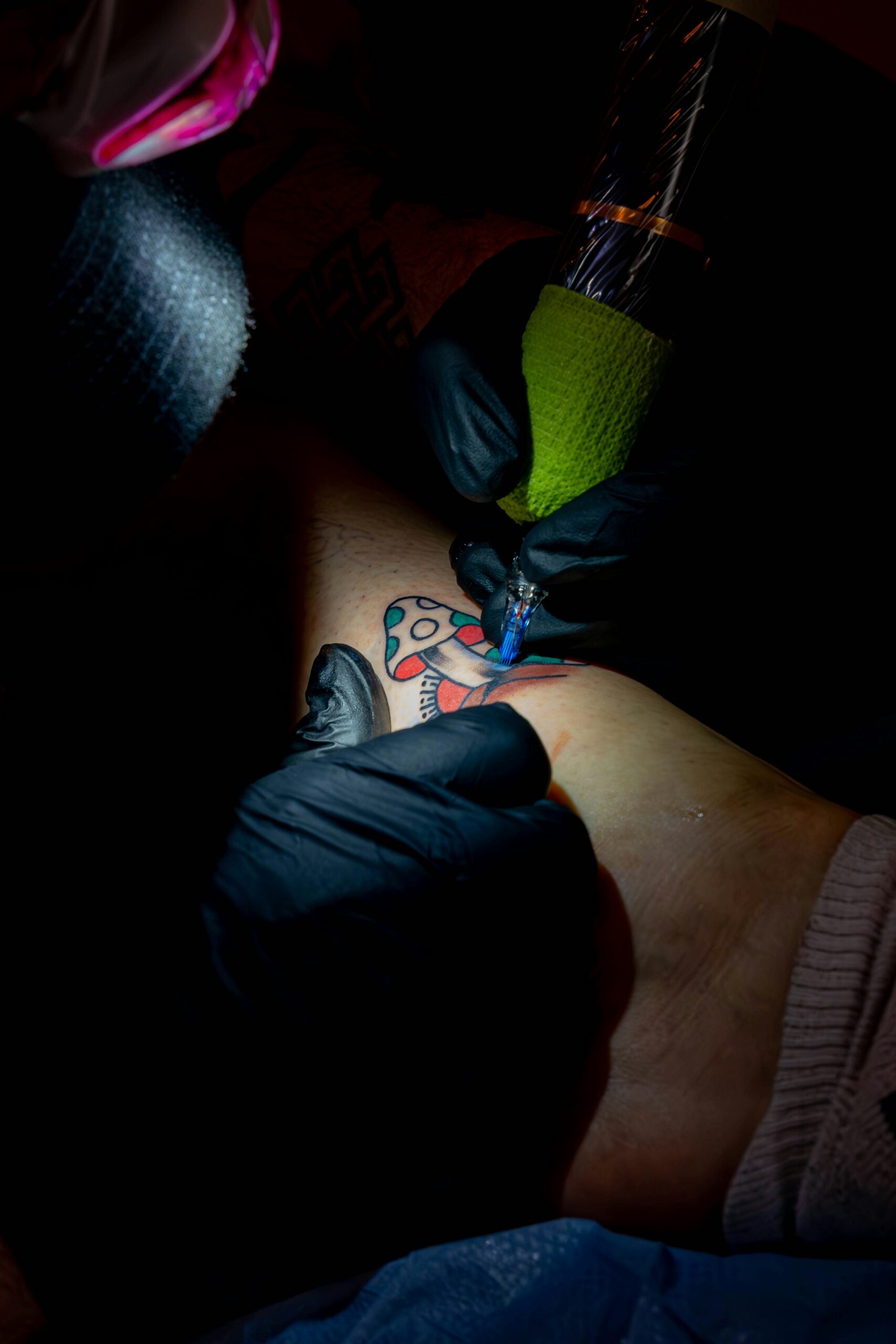The art of tattooing is rapidly evolving, and with it, the system for training new artists is transforming. While a decade ago the path for apprentices mainly involved long hours of observation and basic studio assistance, today’s training is more structured, technologically advanced, and accessible.
The Beginning of the Apprentice’s Journey
The process typically begins with submitting a portfolio. Prospective apprentices must demonstrate artistic skills, a good sense of composition, and proficiency in basic drawing techniques. Many studios require knowledge of hygiene standards and completion of specialized courses before formal apprenticeship begins.
Key stages of tattoo apprenticeship include:
- Observation and mastering sterilization basics.
For weeks or months, apprentices familiarize themselves with the workflow, disinfection standards, and sanitation regulations mandated by law.
- Practice on synthetic skin.
Before working on real clients, apprentices hone their movements, pressure control, and coordination using special training materials.
- Supervised work under a mentor.
When apprentices reach sufficient skill levels, they begin performing simple tasks under constant supervision.
New Technologies and Training Formats
Modern tattoo training increasingly incorporates:
- Online courses from recognized professionals, including detailed tutorials and live sessions.
- VR simulators that allow tattoo practice without risk to real clients.
- Interactive platforms providing apprentices worldwide with professional feedback on their work.
Legal and Ethical Standards
The tattoo industry is subject to increasingly strict regulations designed to protect clients’ health and elevate professional standards. For apprentices beginning their careers, understanding and adhering to these regulations is mandatory.
Licensing and Certification
Many countries and regions require both masters and apprentices to obtain official permission to work on human skin. For example:
- In California, USA, apprentices must complete infection control courses and obtain a license before practicing. Mentors are legally responsible for their apprentices.
- In Germany, tattoo artists must have professional qualifications and health authority approval, and apprenticeships are often regulated with fixed training periods.
- In Japan, the traditional Irezumi practice is passed through close-knit mentorships with less formal licensing but strong cultural controls.
- In the UAE and other Middle Eastern countries, strict hygiene standards and mandatory medical checks apply to both masters and apprentices.
Hygiene Requirements
Apprentices must:
- Use disposable needles and materials;
- Disinfect work areas and equipment;
- Follow proper glove-changing protocols and aseptic techniques.
Violations can lead to hefty fines, studio closures, and even criminal charges.
Client Consent and Medical Responsibility
All procedures require informed consent, including full disclosure of risks and aftercare instructions. This is mandatory in all jurisdictions where tattooing is legalized.
Ethical Code
Apprentices and masters are bound by professional ethics: respect for clients regardless of background, refusal to create offensive or discriminatory tattoos, adherence to age restrictions, and avoidance of working with clients or themselves under the influence.
Mentor Responsibility
Mentors bear full responsibility for the training and actions of apprentices, ensuring quality control and adherence to sanitary standards.
Modern tattoo apprenticeships have become more formalized, technology-driven, and focused on quality and safety. The new generation of artists grows in an environment where talent is complemented by professional responsibility. Becoming a tattoo artist today is not just an artistic journey but a path to becoming a qualified specialist meeting 21st-century standards.



